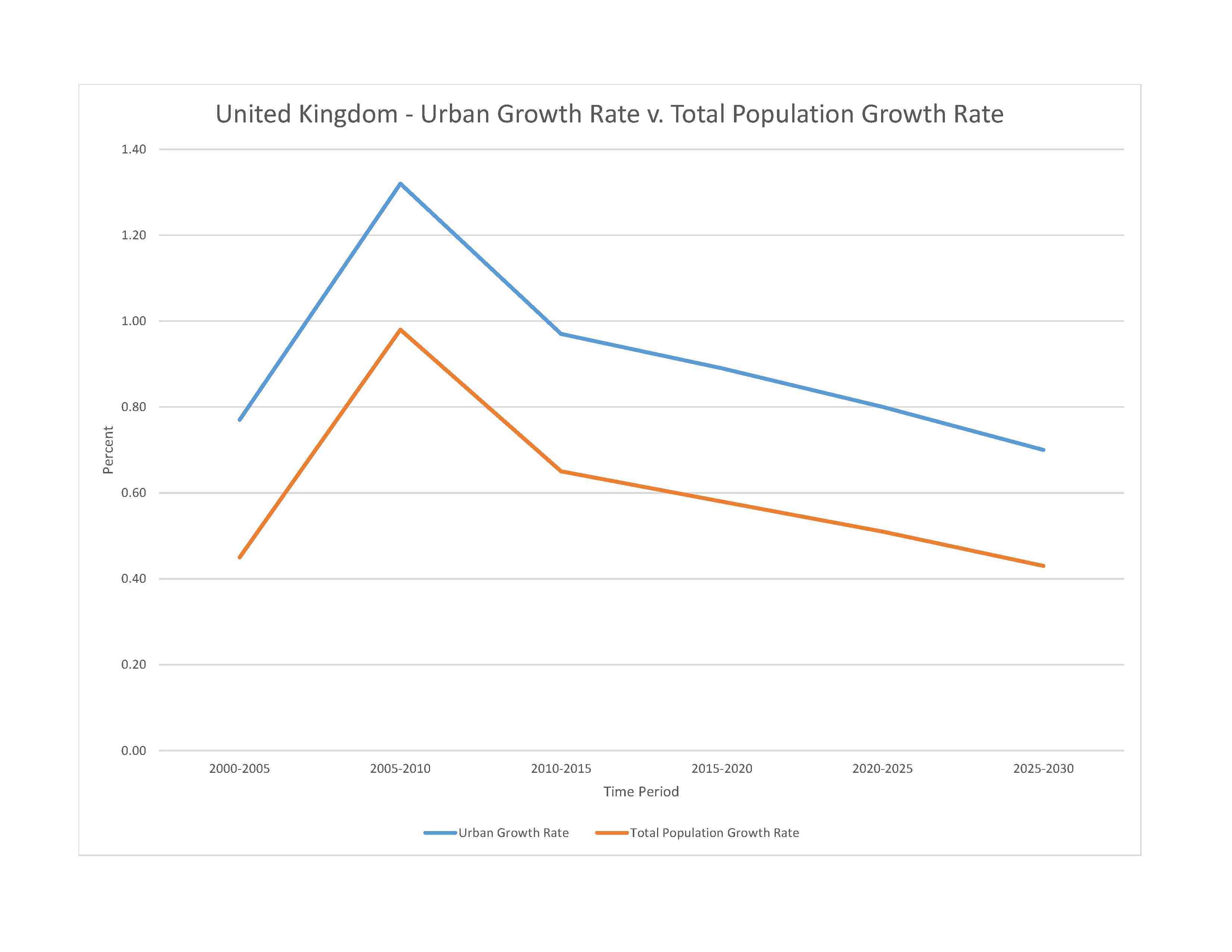
68,138,484 (2023 est.) United Kingdom
constituent countries by percentage of total population:
England 84.3%
Scotland 8.2%
Wales 4.6%
Northern Ireland 2.8%
noun: Briton(s), British (collective plural)
adjective: British
White 87.2%, Black/African/Caribbean/black British 3%, Asian/Asian British: Indian 2.3%, Asian/Asian British: Pakistani 1.9%, mixed 2%, other 3.7% (2011 est.)
English
note: the following are recognized regional languages: Scots (about 30% of the population of Scotland), Scottish Gaelic (about 60,000 speakers in Scotland), Welsh (about 20% of the population of Wales), Irish (about 10% of the population of Northern Ireland), Cornish (some 2,000 to 3,000 people in Cornwall) (2012 est.)
Christian (includes Anglican, Roman Catholic, Presbyterian, Methodist) 59.5%, Muslim 4.4%, Hindu 1.3%, other 2%, unspecified 7.2%, none 25.7% (2011 est.)
0-14 years: 16.91% (male 5,901,611/female 5,620,070)
15-64 years: 64.03% (male 21,997,962/female 21,628,742)
65 years and over: 19.06% (2023 est.) (male 5,953,187/female 7,036,912)
total dependency ratio: 57.7
youth dependency ratio: 27.8
elderly dependency ratio: 29.8
potential support ratio: 3.4 (2021 est.)
total: 40.6 years (2023 est.)
male: 39.9 years
female: 41.4 years
0.49% (2023 est.)
10.8 births/1,000 population (2023 est.)
9.1 deaths/1,000 population (2023 est.)
3.2 migrant(s)/1,000 population (2023 est.)
the core of the population lies in and around London, with significant clusters found in central Britain around Manchester and Liverpool, in the Scottish lowlands between Edinburgh and Glasgow, southern Wales in and around Cardiff, and far eastern Northern Ireland centered on Belfast
urban population: 84.6% of total population (2023)
rate of urbanization: 0.8% annual rate of change (2020-25 est.)

9.648 million LONDON (capital), 2.791 million Manchester, 2.665 million Birmingham, 1.929 million West Yorkshire, 1.698 million Glasgow, 952,000 Southampton/Portsmouth (2023)
at birth: 1.05 male(s)/female
0-14 years: 1.05 male(s)/female
15-64 years: 1.02 male(s)/female
65 years and over: 0.85 male(s)/female
total population: 0.99 male(s)/female (2023 est.)
29 years (2018 est.)
note: data represents England and Wales only
10 deaths/100,000 live births (2020 est.)
total: 3.8 deaths/1,000 live births (2023 est.)
male: 4.3 deaths/1,000 live births
female: 3.3 deaths/1,000 live births
total population: 82.1 years (2023 est.)
male: 80 years
female: 84.2 years
1.63 children born/woman (2023 est.)
0.79 (2023 est.)
76.1% (2010/12)
note: percent of women aged 16-49
improved: urban: 100% of population
rural: 100% of population
total: 100% of population
unimproved: urban: 0% of population
rural: 0% of population
total: 0% of population (2020 est.)
12% of GDP (2020)
3 physicians/1,000 population (2020)
2.5 beds/1,000 population (2019)
improved: urban: 99.8% of population
rural: 99.8% of population
total: 99.8% of population
unimproved: urban: 0.2% of population
rural: 0.2% of population
total: 0.2% of population (2020 est.)
note: on 31 August 2023, the US Centers for Disease Control and Prevention (CDC) issued an updated Travel Alert for polio in Europe; the United Kingdom is currently considered a high risk to travelers for circulating vaccine-derived polioviruses (cVDPV); vaccine-derived poliovirus (VDPV) is a strain of the weakened poliovirus that was initially included in oral polio vaccine (OPV) and that has changed over time and behaves more like the wild or naturally occurring virus; this means it can be spread more easily to people who are unvaccinated against polio and who come in contact with the stool or respiratory secretions, such as from a sneeze, of an “infected” person who received oral polio vaccine; the CDC recommends that before any international travel, anyone unvaccinated, incompletely vaccinated, or with an unknown polio vaccination status should complete the routine polio vaccine series; before travel to any high-risk destination, the CDC recommends that adults who previously completed the full, routine polio vaccine series receive a single, lifetime booster dose of polio vaccine
27.8% (2016)
total: 9.8 liters of pure alcohol (2019 est.)
beer: 3.53 liters of pure alcohol (2019 est.)
wine: 3.3 liters of pure alcohol (2019 est.)
spirits: 2.35 liters of pure alcohol (2019 est.)
other alcohols: 0.61 liters of pure alcohol (2019 est.)
total: 15.4% (2020 est.)
male: 17.3% (2020 est.)
female: 13.5% (2020 est.)
N/A
50.7% (2023 est.)
women married by age 18: 0.1% (2020 est.)
5.5% of GDP (2020 est.)
total population: NA
male: NA
female: NA
total: 17 years
male: 17 years
female: 18 years (2020)
NOTE: The information regarding United Kingdom on this page is re-published from the 2024 World Fact Book of the United States Central Intelligence Agency and other sources. No claims are made regarding the accuracy of United Kingdom 2024 information contained here. All suggestions for corrections of any errors about United Kingdom 2024 should be addressed to the CIA or the source cited on each page.
This page was last modified 04 May 24, Copyright © 2024 ITA all rights reserved.